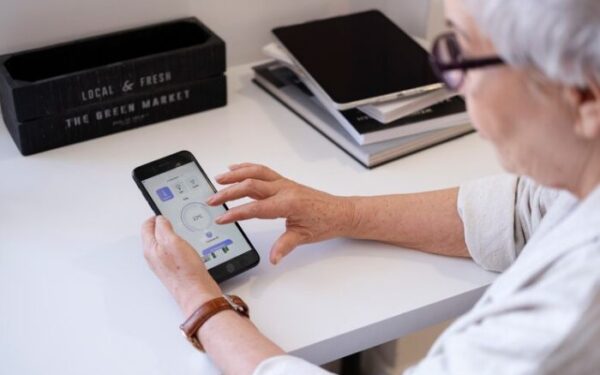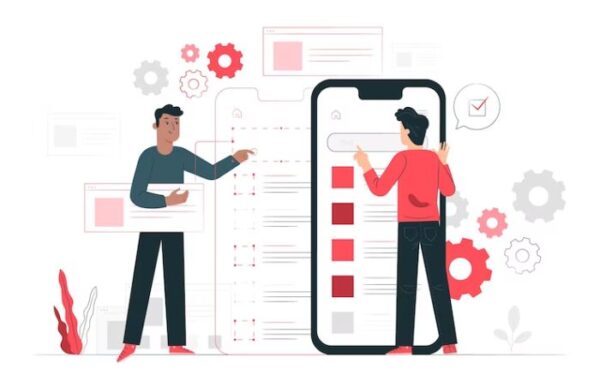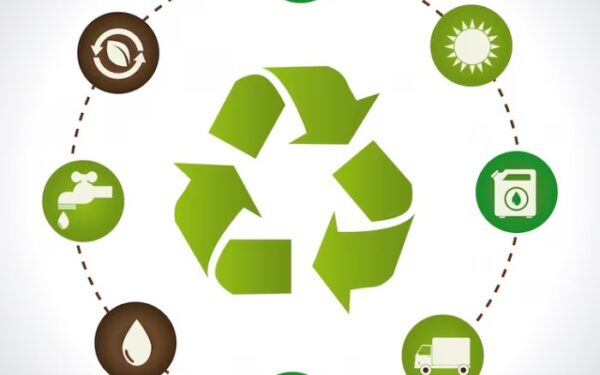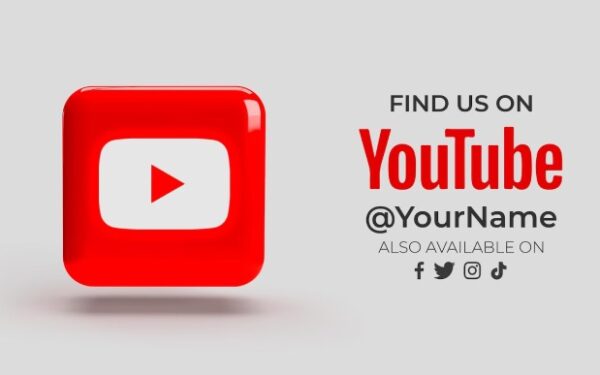What Are the Uses of Geo-Location?
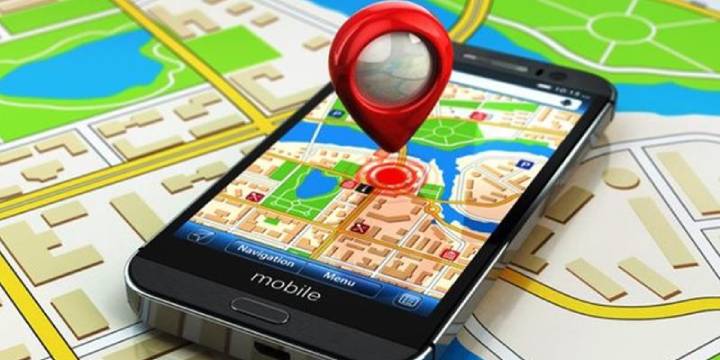
When you think of marketing, you probably think of something specific: a billboard, a poster, or a digital message. However, marketing has become so sophisticated that it can be effective without being flashy or attention-grabbing. In fact, marketing can be as subtle as using top-of-the-line location data to drive conversions on your next webpage. What you see is what you get when you visit a certain location, and what you buy is what you get when you visit it. You may not be able to change the past, but you can change your future with the help of the location data you have available to you today. Here are uses of geolocation in marketing that you should consider.
1. Identify Your Ideal Customer
Geolocation can be extremely helpful when it comes to identifying your ideal customer. By understanding the demographics of your target market, you can better target your ads and content. Additionally, by knowing where they are, you can better understand their needs by:
- Improving Website Navigation: If you’re not able to find what you’re looking for on your website, geolocation can be a valuable tool in helping you improve website navigation. By understanding the best places people visit your site, you can create more directed and relevant web pages for your customers.
- Reach More Customers through Mobile Devices: When it comes to reaching more customers through mobile devices, geolocation is a valuable asset. By understanding the locations of people who use mobile devices, you can better target ads and content to these users. Additionally, by using location-specific calls to action on your mobile pages, you can encourage people to visit your site from their smartphones.
- Get More leads through lead gen: There are many different lead gen programs out there that can be used for marketing purposes. If you want a direct way to reach potential customers, geolocation may be a valuable tool for you. By understanding the demographics of your target market and then targeting ads specifically to them, you’ll get more leads than ever before.
2. Track Customer Response
Geolocation can be used to track customer response. GPS tracking will help you determine the time, place, and type of contact made with your customers; you can understand how they interact with your product or service. This information can be used to improve customer service or develop new marketing strategies. For example, you could use geolocation to understand what products or services are selling well in a certain area and then target those products or services with ads and content.
You could also use geolocation to target specific demographics and interests to reach more people who are likely to be interested in your product or service. You can also use geolocation to measure the success of your marketing campaigns. For example, if you’re running an email campaign and you want to see how many people open the email but do not click through, you could use geolocation to track this data. You could then adjust the content of the email based on how well the campaign performed.
3. Use It To Measure Usage Data
When you track the usage data of your website or application, you can use it to measure how well your marketing strategy is working. This information can help you better understand what works and what doesn’t. You can also use this information to adjust your marketing efforts as needed. For example, if you think that people aren’t using your site as much as you’d like them to, you can adjust your marketing efforts to match the usage data. This would allow you to identify areas for improvement and address them accordingly.
You could also use geolocation data to target specific ads on your site or application. For example, if you know that a certain demographic is spending more time on your site than others, you might place ads specifically for that group of customers. You could also use geolocation data to measure the success of your social media campaigns. This information can help you determine whether or not the content is reaching its goals and whether or not people are engaging with it.
4. Provenance Is Everything
Geolocation data can be used to determine the source of a product or service. For example, if you’re selling a product online, you can use geolocation data to determine where the customer bought it. This could help you determine whether or not to send them a free product or offer them a discount for buying it from a specific store. You get what you pay for. But, before you make the purchase, there are a few things to keep in mind. You should only pay for the data that is essential to your business. This way, you can focus on the rest of your marketing efforts and not spend too much on irrelevant data. Additionally, make sure you’re only using geolocation data that is essential to your business. If you’re not, you may end up with low-quality results.

